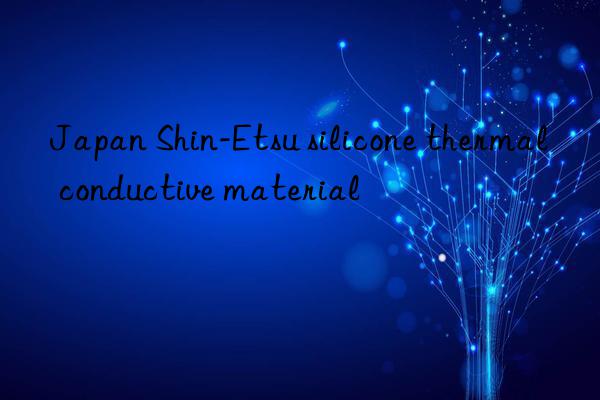
The distinction and types of thermally conductive silicone
| Distinction | Type | Performance |
| Thermal adhesive | ①Hardening type (condensation reaction/additional reaction) | Self-adhesive |
| Thermal grease |
①hardened type ②Non-curing type |
Reworkability (no adhesion) Reworkability (no adhesion) |
|
Thermal conductive silicone |
Distinguish |
Type |
|
Product name |
|
Thermal bonding material |
Hardened type |
One-component condensation (room temperature curing) |
KE-4961-W, KEN-4988-W (Nantong product) |
|
|
KE-4962-W, KE-3467 |
||||
|
Single component additional (heat curing) |
KE-1867, KE-1891 |
|||
|
Two-component additional (heat curing) |
KE-1285-AB, KE-1292-AB, X-32-3705-AB (Nantong product) |
|||
|
KE-1897-AB, KE-1898-AB, KE-1899-AB |
||||
|
Two-component additional (low temperature curing) |
KE-1184-AB, KE-1185-AB |
|||
|
Thermal grease |
Non-hardened type |
Solvent-free (thin layer) |
G-775, G-777, G-779 |
|
|
Solvent-containing (thin layer) |
G-776, G-790, G-787 |
|||
|
Solvent-containing type (thin and thick film) |
CLG series |
|||
|
Hardened type |
One-component condensation (room temperature curing) |
G-1000 |
||
|
Single component additional (heating/UV) |
G-789, GUV-300 |
|||
|
Two-component additional (room temperature curing)
|
SDP Series |
About condensation reactions and additional reactions
Curing Types and Characteristics



 微信扫一扫打赏
微信扫一扫打赏
